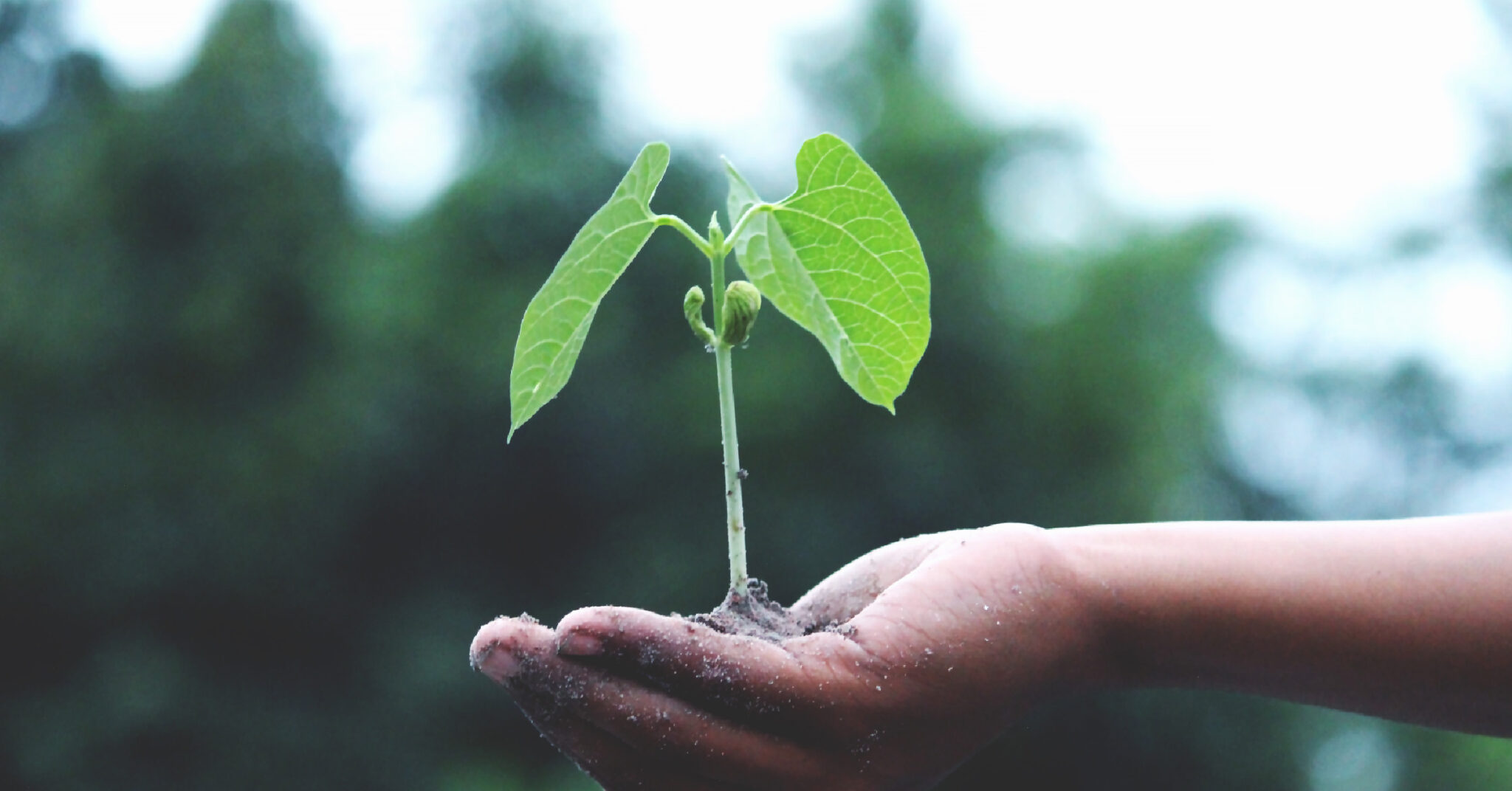Lavergne works diligently to perfect its Closed Loop — collecting post-consumer plastics and recycling them into high-quality resins for new, innovative plastic products.
Lavergne’s Closed Loop is a significant step forward for the plastics industry — a new, sustainable way to create plastics. It’s also an essential contribution to the sustainability of products, communities and the environment.
Lavergne focuses on three pillars of sustainability:
Environmental — Keeping the Earth’s ecological system in balance by consuming natural resources at a responsible rate that allows the Earth to replenish itself
Economic — Ensuring communities maintain their independence with dependable jobs and economic opportunities
Social — Access to enough resources to keep their families and communities healthy and secure
Lavergne is committed to helping sustainability by focusing on long-term environmental, social and human impacts rather than short-term gains.
Lavergne believes sustainability should not come at the cost of quality and performance.
How Can Individuals Contribute to Sustainability?
As a growing company with locations in North America, the Caribbean and Asia, along with game-changing technology, Lavergne can make an impact on a national or global scale.
But how can individuals or smaller organizations do their part for the Earth’s sustainable future?
The good news is it’s possible for individuals to make a difference.
As you plan your family and household activities, keep these best practices in mind. They’re key to increasing sustainability everywhere.
Reduce, Reuse, Recycle
For years we’ve heard about the 3 R’s — reduce, reuse and recycle. It may sound like old, repetitive advice, but there is truth in it.
If every community and household made the 3 R’s a significant part of their daily lives, there would be a dramatic increase in overall sustainability. Even everyday things like reusing shopping bags, driving less and buying organic or natural foods make a difference in how our future world takes shape.
Your community probably has a household recycling program — often called the “blue box,” “blue bin,” “blue bag,” or sometimes “green box.” Whatever the name, these programs divert plastics into recycling and away from the landfill.
Make sure your household is a dependable part of the community’s recycling efforts.Pay Attention to Eco-Labels
Pay Attention to Eco-Labels
Every product leaves an environmental footprint, resulting from:
- Materials used to create it
- Pollution emitted during manufacturing
- Packaging that ends up in the landfills
When shopping for items, look for ecolabels made to guide consumers on the environmentally-smart choices.
For example, the US Electronic Product Environmental Assessment Tool (EPEAT) is an ecolabel for the IT sector. EPEAT is designed to help consumers make informed decisions about manufacturers and products that follow the most environmentally-preferable practices. EPEAT criteria include using post-consumer recycled plastic, responsible end-of-life management, energy efficiency and the company’s corporate social responsibility practices, to name a few.
Electronic Devices
Do we need to point out that electronic devices are part of daily life? There’s a good chance you’re reading these words on a smartphone. Those conveniences come with a cost — e-waste is the fastest-growing waste stream in the world. In 2018 alone, the world produced a shocking 48.5 million tonnes of e-waste.
When adding yet another electronic device to your household collection, make sure these steps are in your purchasing decision:
- Does this company use recycled materials to make their devices?
- Has it been certified to any environmental standards by any third-party validation organization?
- What about e-waste? How are devices disposed of? Does the company have a program to return the item for recycling?
When choosing an electronic device, it’s essential to look at how it’s made and whether the manufacturer has a plan in place to recycle the product at the end of its life.
Think About the Environment When Making Big Purchases
When shopping for big purchases like cars or appliances, people tend to shop by price, functionality or aesthetics rather than the environmental impacts. Shift that perspective. Use these big purchases as an opportunity to make a significant personal contribution.
Today many appliances or cars have parts made with recycled plastics. Do your research to identify those manufacturers who use recycled plastics in their production process.
The automotive industry has a number of consumer labels to help consumers identify fuel-efficient, less polluting vehicles.
Make Your Home Sustainable
Everything in your home has the potential to add to your sustainability efforts. Make sure your home has:
- Adequate insulation
- Energy-saving windows
- Programmable thermostat for more efficient heating and cooling
- Energy-saving light bulbs
These are just a few of the countless practices you can adopt to increase sustainability in your home.
Little Things Go a Long Way
When it comes to sustainability, the little things go a long way. From the global level right down to the household level, there are countless things we can all do to create a more sustainable future for us all.
Stay tuned to the Lavergne newsroom for insight and trends on our shared sustainable future.


